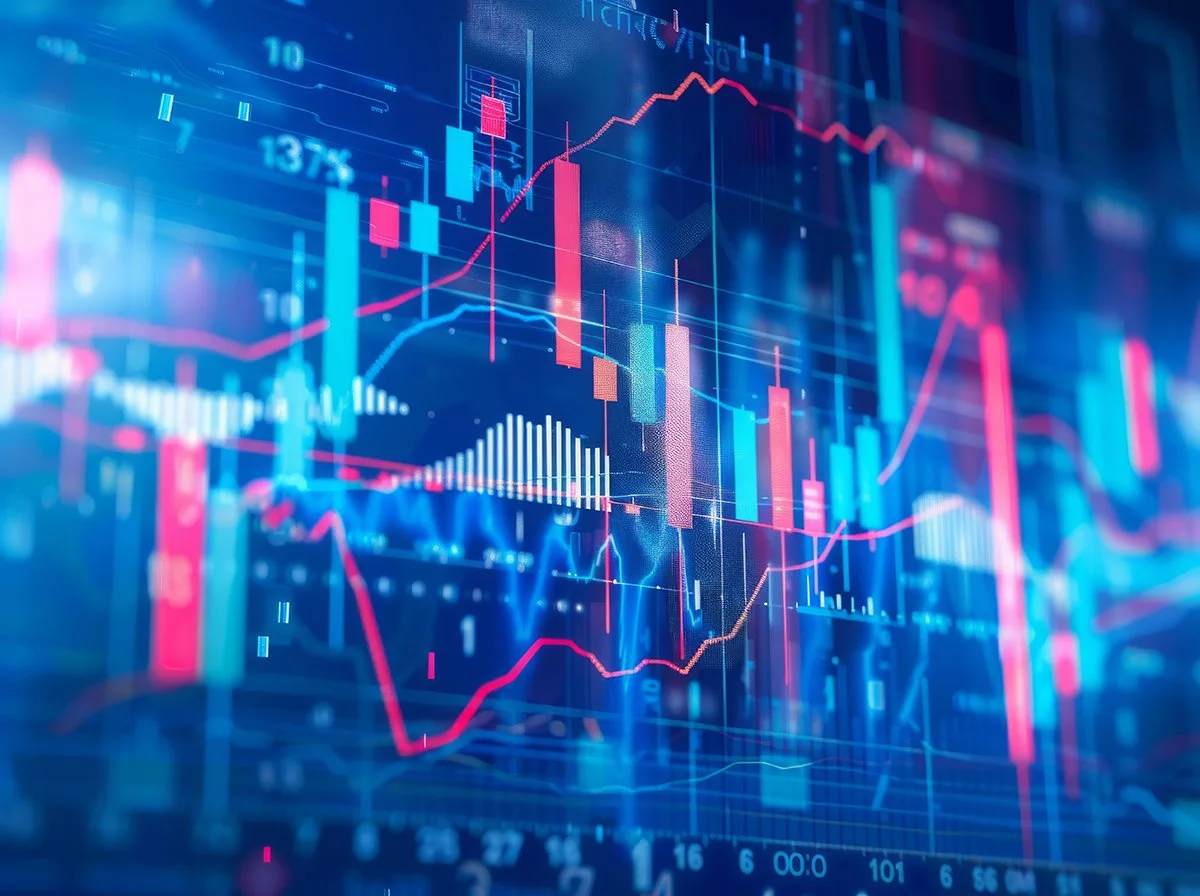Schrödinger's cat is a scientific experiment in which participants observe a cat within a box, unaware if it is dead or alive until they look in the box. From the observer's perspective, there is a chance that the cat is either dead or alive before looking inside the box. But once the observer looks inside, the cat's condition goes from being in an uncertain state to a certain one, collapsing the probability wave function to one hundred percent. Investing is a lot like Schrödinger's cat. Investors often observe, assigning probabilities to the market, and wait for wave functions to collapse.
Through foreign exchange markets, investors may soon discover how relatively higher interest rates in the US are impacting international economies. In early May, the Japanese yen unexpectedly and aggressively depreciated against the US dollar. Japan's government showed concern for the situation by ordering its Ministry of Finance to intervene and stabilize the yen by selling US dollar reserves. Higher interest rates in the US may be starting to countercyclically affect outside economies because of the strong demand for US dollars. When financial markets demand fewer non-US dollar assets, all those foreign exchange reserves go home to roost, increasing the odds that those international economies will experience renewed inflation threats. In the case of Japan, its central bank could raise the country's interest rates to mitigate the risks, but that is countercyclical to growth.
The Federal Reserve is also backed into a corner when a strong US dollar persists too long. US policy may receive international pressure to ease things back home and normalize the playing field. Unfortunately, if the Fed were to cave to international and political demands and reduce interest rates too soon, it would risk allowing above-average inflation to reenter its domestic economy. Like it or not, that is why it is imperative that the Federal Reserve remain an independent body, or else it could erode confidence in a stable US dollar.
News also broke that the Chinese government has sold hundreds of billions of US dollar reserves. Other reports indicate that China has been building its gold supply. China still retains massive US dollar reserves, measured in the trillions. When Russia invaded Ukraine, western democracies froze its US dollar accounts. China has made it known on the international stage it will not allow Taiwan to seek independence. As a result, one of Taiwan's most important companies, Taiwan Semiconductor, is preparing safety protocols in case of an invasion and making large investments in the US. The irony of the Chinese government selling US dollar assets this year is that the renminbi has lost much value; investors don't seem to want the renminbi.
Back home, investors remain obsessed about artificial intelligence (AI) and the financial prospects it can deliver to markets. NVIDIA, now the second largest company in the US, reported another knockout quarter in May, boosting its stock price. The company also revealed its plans for a ten-for-one stock split that it hopes will bring new buyers to its stock. Corporations have spent hundreds of billions of dollars on artificial intelligence but haven't materially realized any revenue uptick from those business investments yet. Still, investors believe that AI investments will broadly improve company profits throughout markets, making many of the stocks that trade on Wall Street all the more valuable.
AI investments face many challenges and risks ahead. For one, developed economies don't currently produce enough utility power to run advanced learning machines at scale. The power needed to scale advanced learning machines led Amazon to recently purchase a data storage facility next to a nuclear power plant. However, the future of AI will likely change life in many ways humankind doesn't fully comprehend at this time, and financial markets are trying to adapt accordingly. In the context of monetary policy shifts, inflation, and foreign market dynamics, AI is adding yet another factor for investors to consider when making investment decisions. Although many of these factors are rapidly evolving, many of these changes are positive, making it an exciting time for the financial markets.

